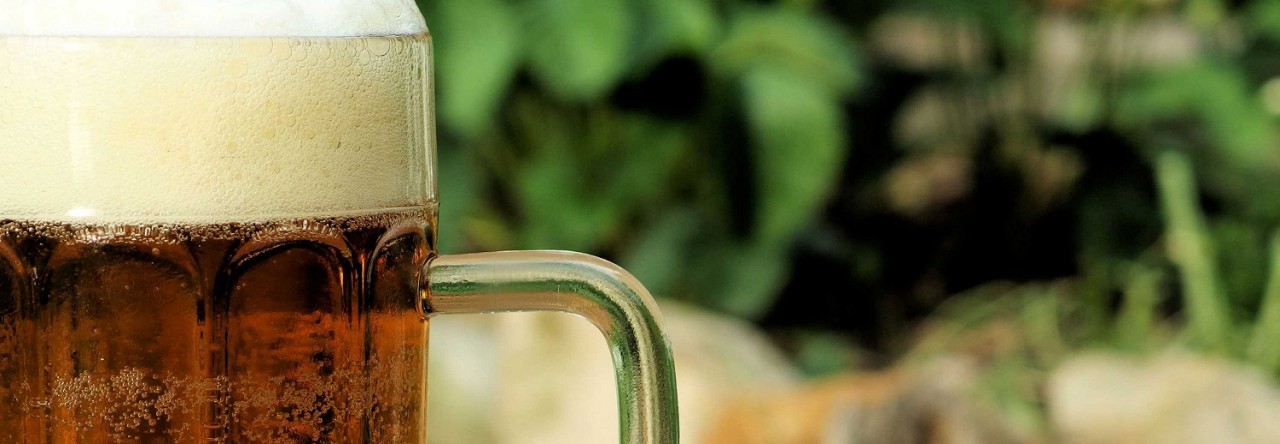A viewer from Canada sent us an email about this hop variety, Sasquatch hops. He claimed it was Canada’s only hop so we were intrigued. Since we enjoy brewing with hops, especially ones we don’t know well, we added it to our list of SMaSH brews. Check out this video (sorry about the audio) about our thoughts on this hop from our northern neighbor.
Sasquatch Hops Details
Beyond the information on the Yakima Valley Hops site, we discovered Sasquatch hops own page on the Hops Connect site. Born from the woods of British Columbia, this variety is the only “proprietary, trademarked Canadian hop variety in the world.”
Here in the Americas, we still have many centuries to catch up with our European friends when it comes to producing famous hops. It seems like in the last few decades, hop growers have made up a lot of ground.
We took one ounce of this hop, brewed with them in a 1 gallon batch of beer. Using only Rahr 2-row malt, spring water, and US-05 yeast, we really want this hop to shine in the beer. Our additions were at 60 minutes, 20 minutes, whirlpool, and dry hop.
Our Thoughts
Mike takes the first swig of these beers so his takes are first:
Aroma: Ginger, candy ginger, vanilla-like creaminess, herbal, floral, tea-like, no fruity or citrus notes detected.
Flavor: Cheerios-like quality, hints of ginger and vanilla, creamy, slightly herbal, subtle citrus notes, not overpowering.
What we read from Yakima Valley was a little different:
Aroma: Apple blossom, orange cream, hay, earthy.
Flavor: Floral, citrus, green grassy, cream, caramel, grassy, earthy.
The big takeaway is the creamy/caramel note in the flavor. It makes this hop unique.
Potential Uses:
We think Sasquatch hops are suitable for light-flavored beers, not overwhelming. Mike suggests a take on a Belgian witbier for the herbal spiciness from the hop. Maybe a Canadian Wheat beer? Lastly, a Vanilla Porter to support the other major flavors in that style.
We really liked this hop. If you see it, pick up a packet and brew something tasty.
BREW ON!

